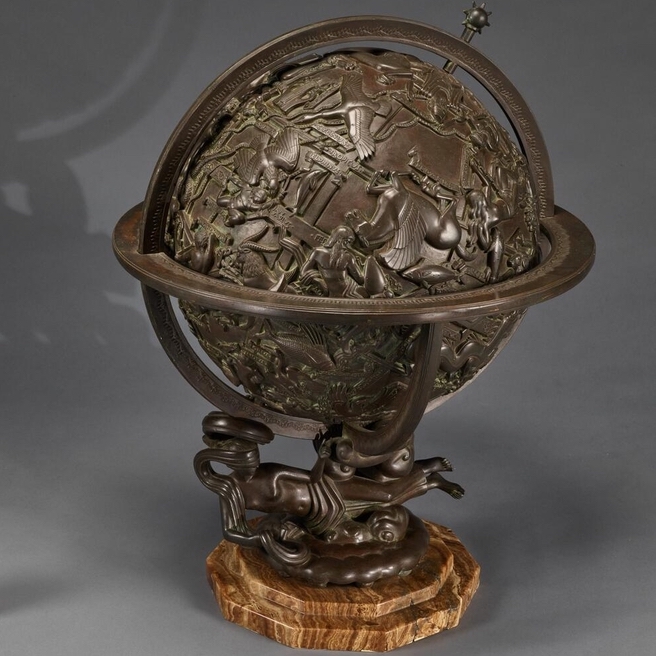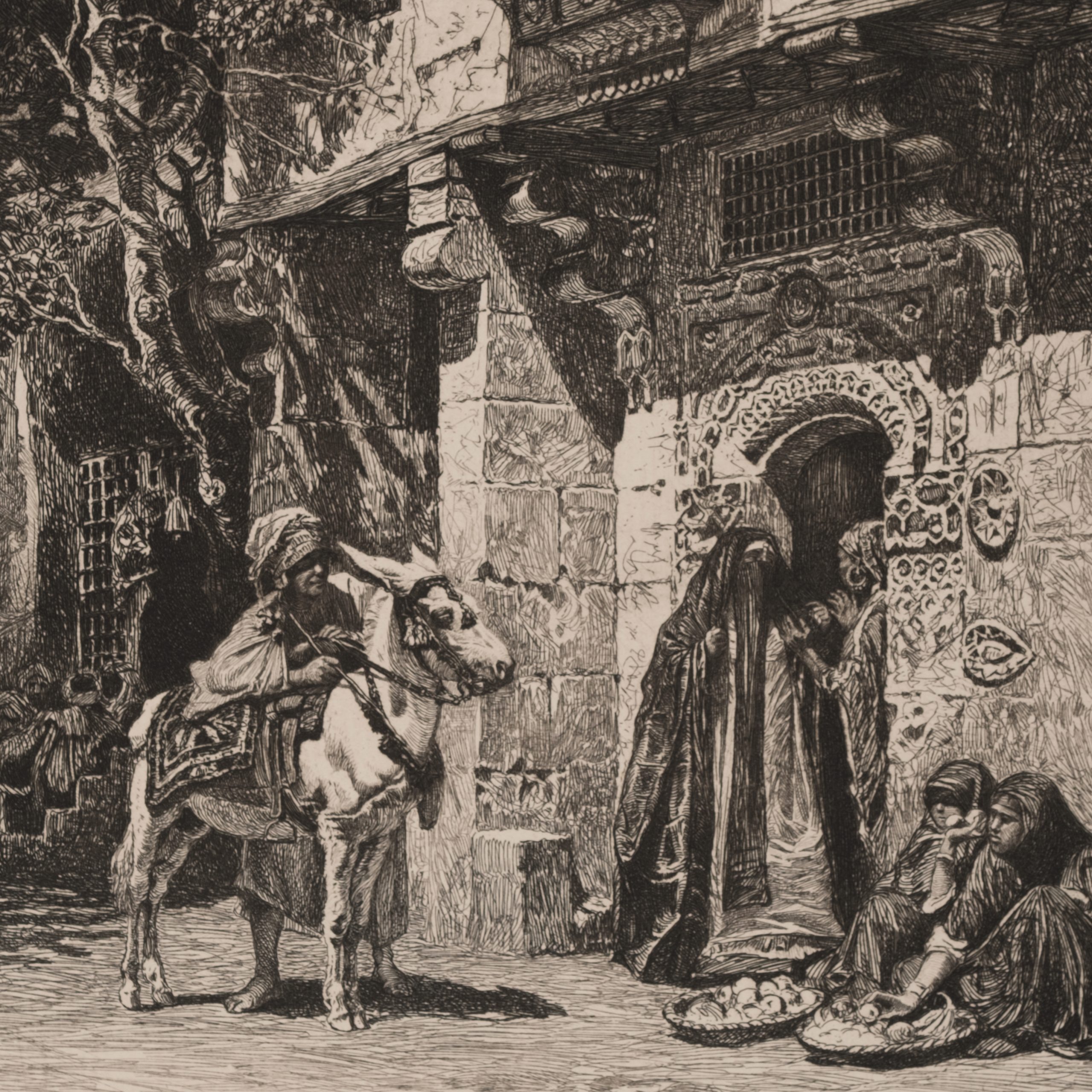Historiae naturalis ... libri, cum aenis figuris. Amstelodami: apud I.I. fil.
Joannes Jonstonus, Pietro Castelli, and Georg Marggraf
Schipper, 1657.
Rooted in Antiquity, bestiaries are among the oldest illustrative compendiums of the natural world. These books, which rose to prominence during the Middle Ages, sorted and catalogued animals, often, as in Historiae naturalis (pictured above), with descriptions of each. The creators of these bestiaries did not ground their knowledge of the natural world exclusively from empirical observations but often took their understandings from stories and myths. Hence, Historiae naturalis documents imaginary animals, such as griffins and unicorns, alongside well-known animals, such as hippos and goats without drawing a distinction between them.
The mythological character of some of these entries may spur us to brush aside bestiaries as fictional and false. Yet, we can also see bestiaries as generative documents that combine scientific, artistic, and symbolic knowledges. This latter view expands the boundaries of the natural world to consider its role in shaping art, stories, and religion. These cultural frameworks affect people as readily and intimately as scientific knowledge and influence how people apprehend and interact with their place in the natural world.
Written by Daniel Pfeiffer with assistance from Kristin Eshelman
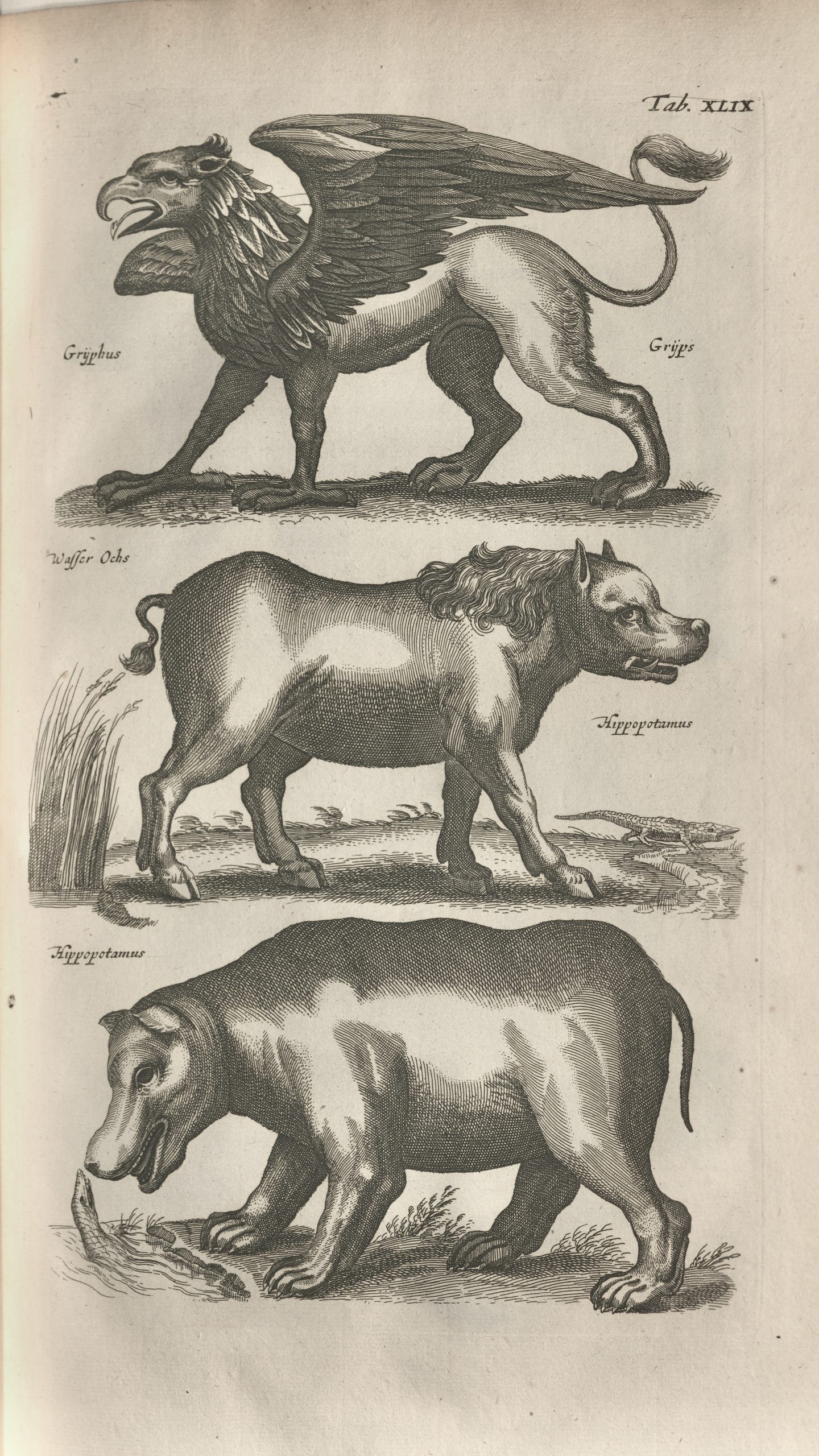
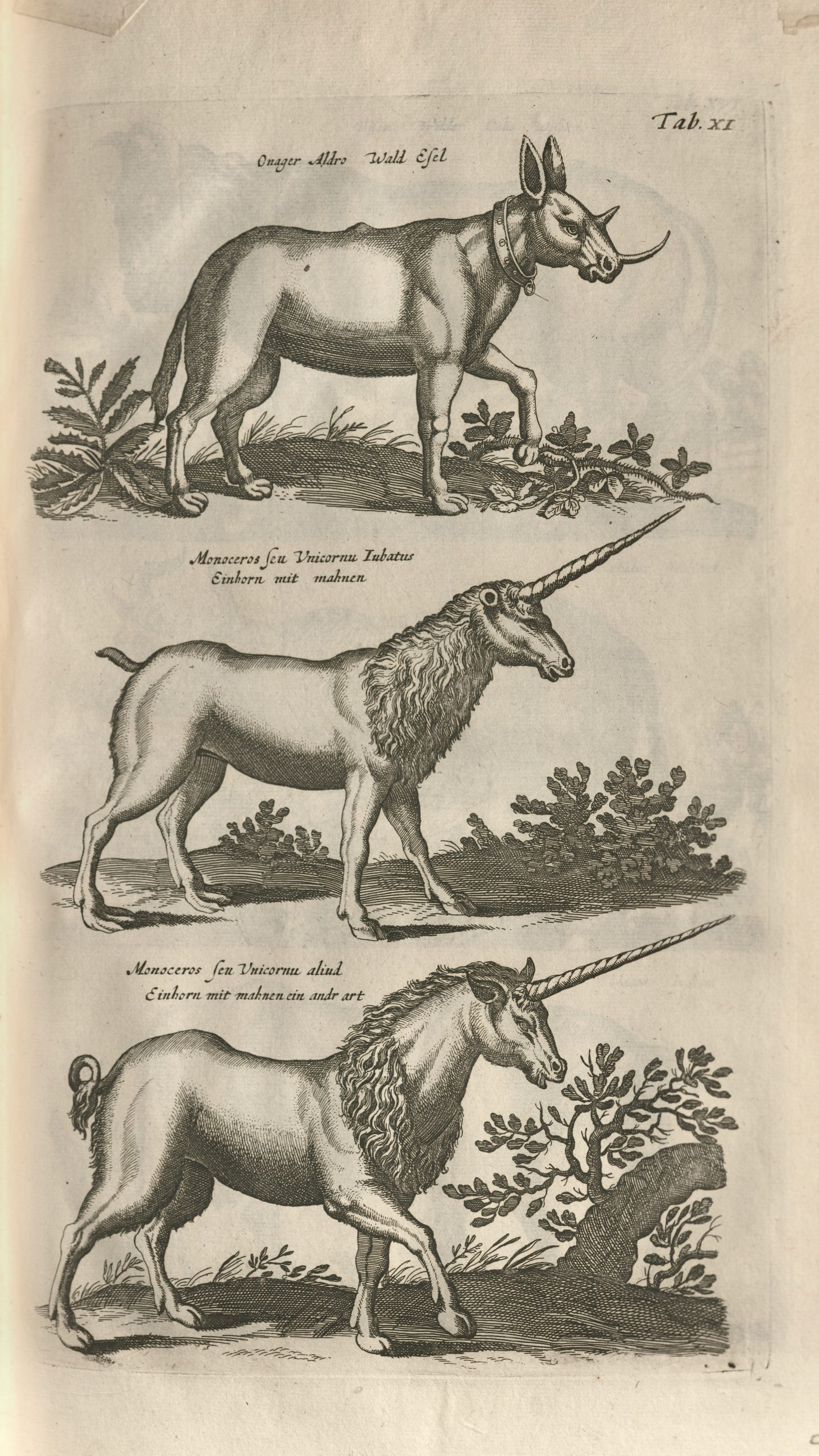
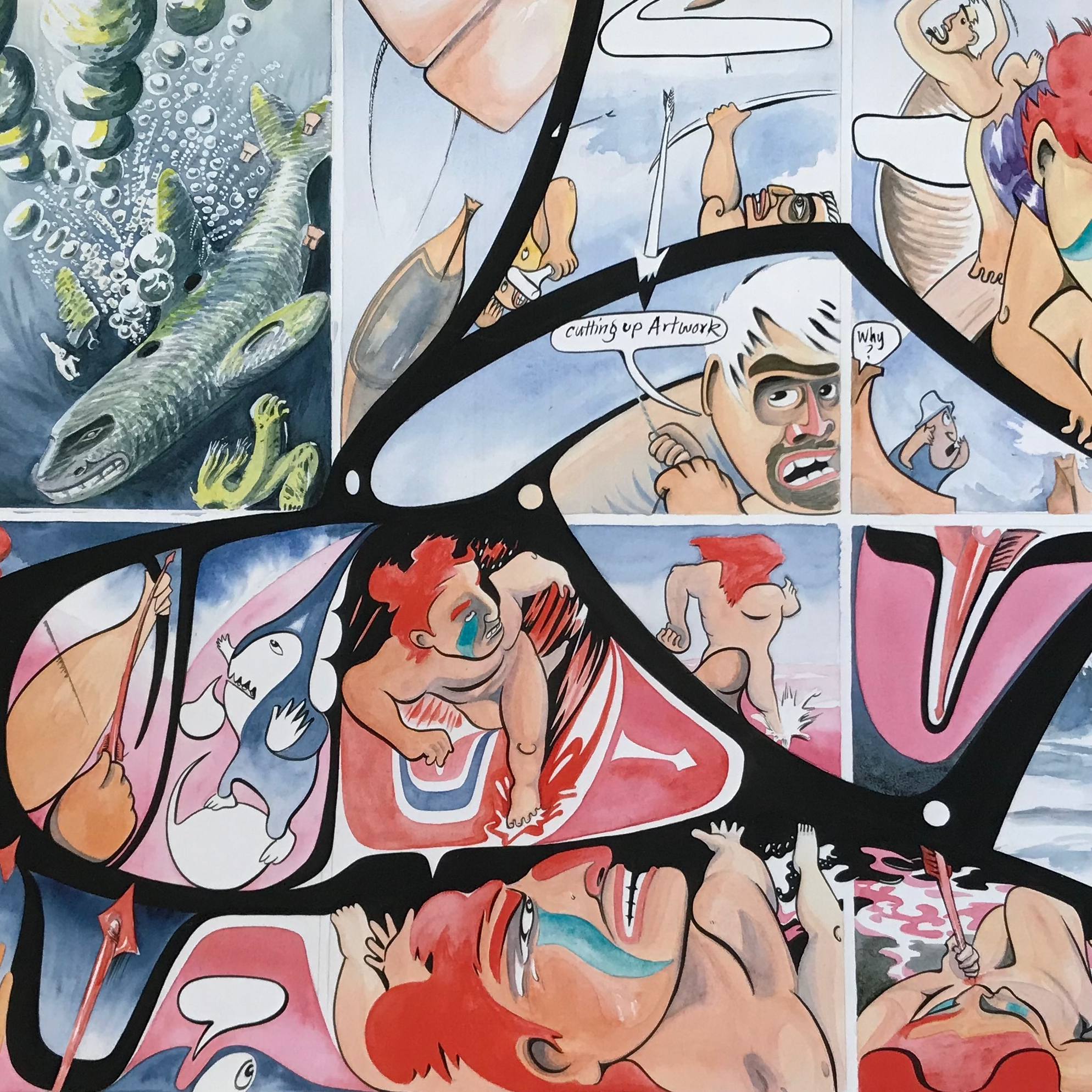




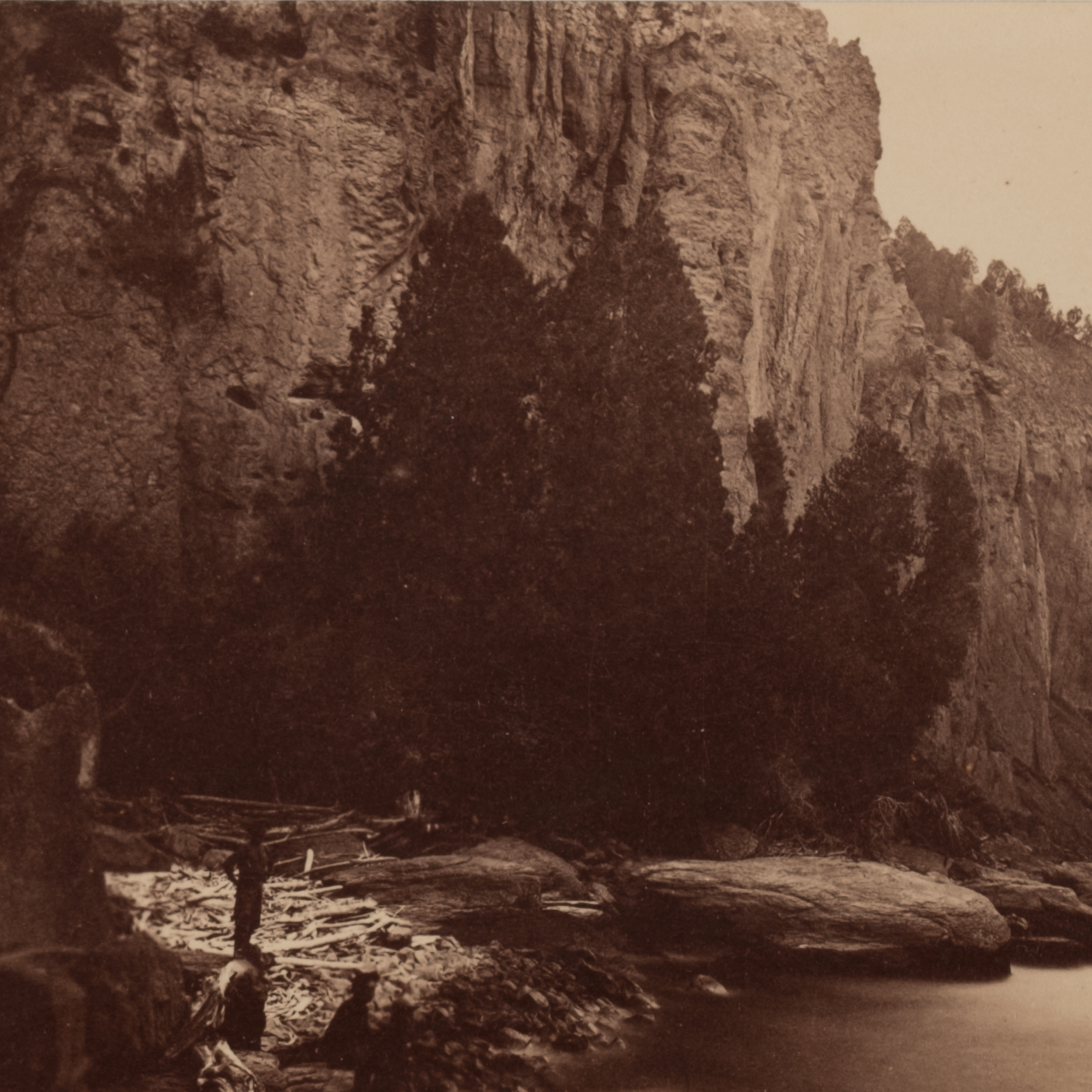
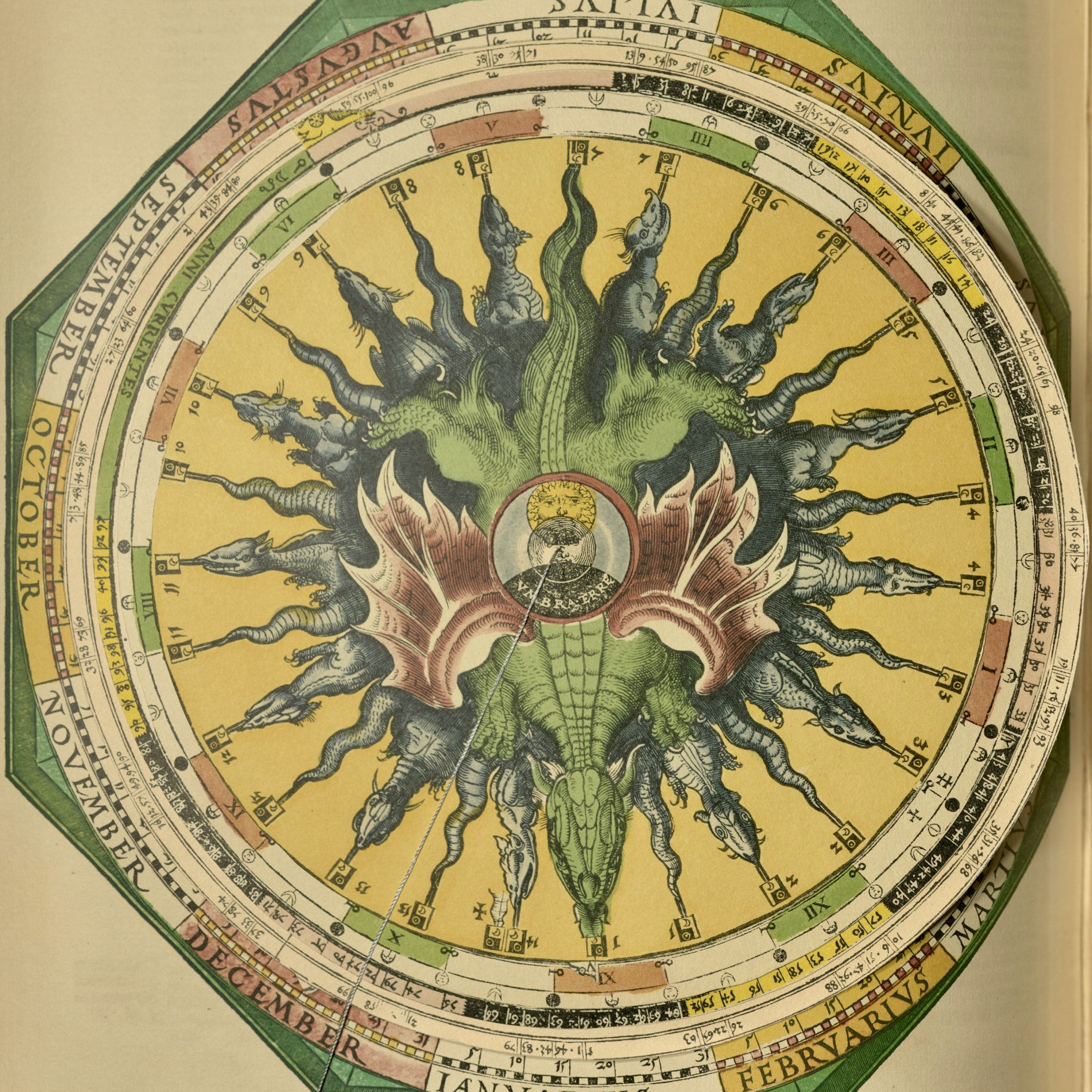
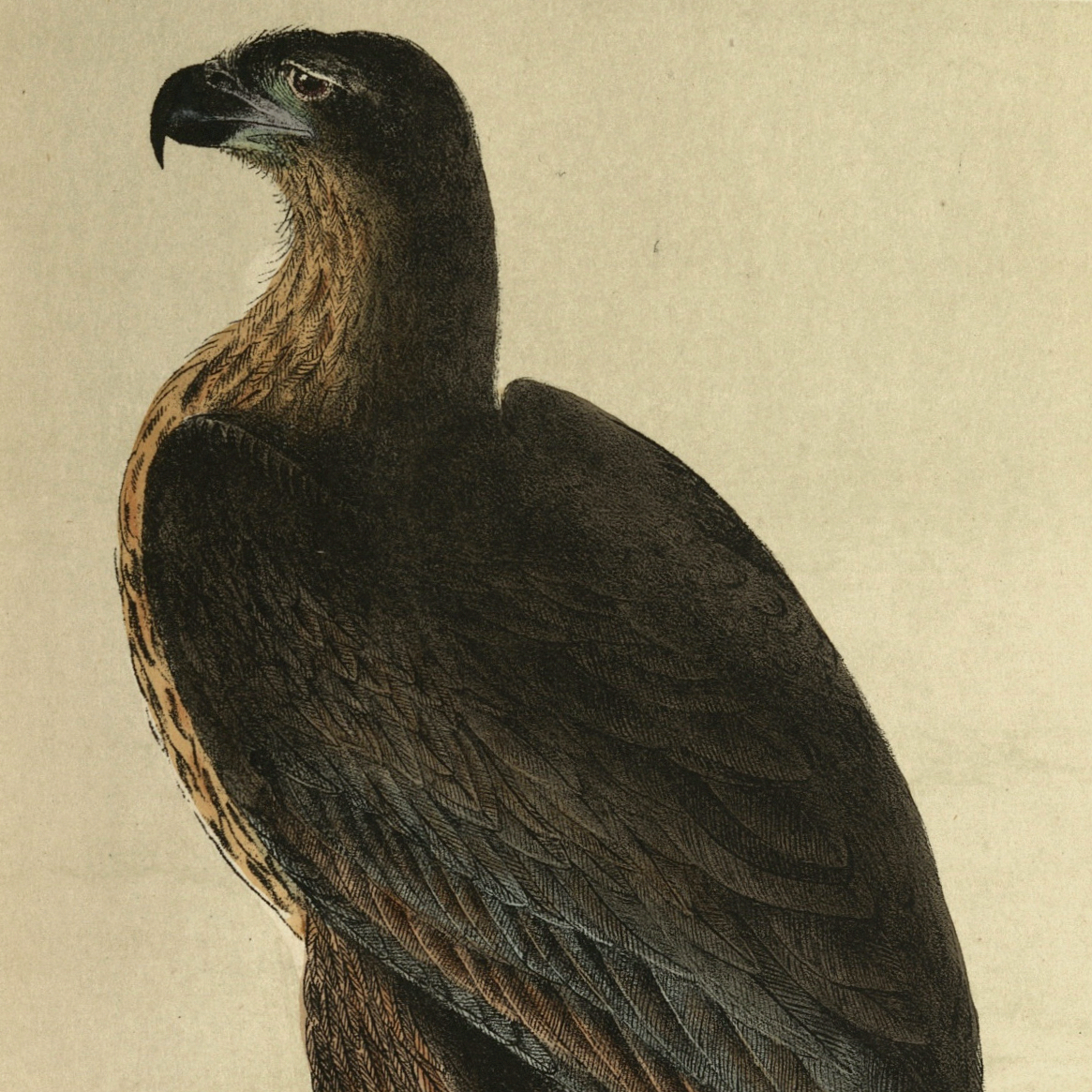
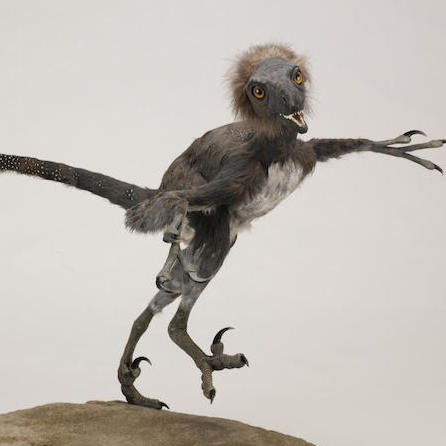




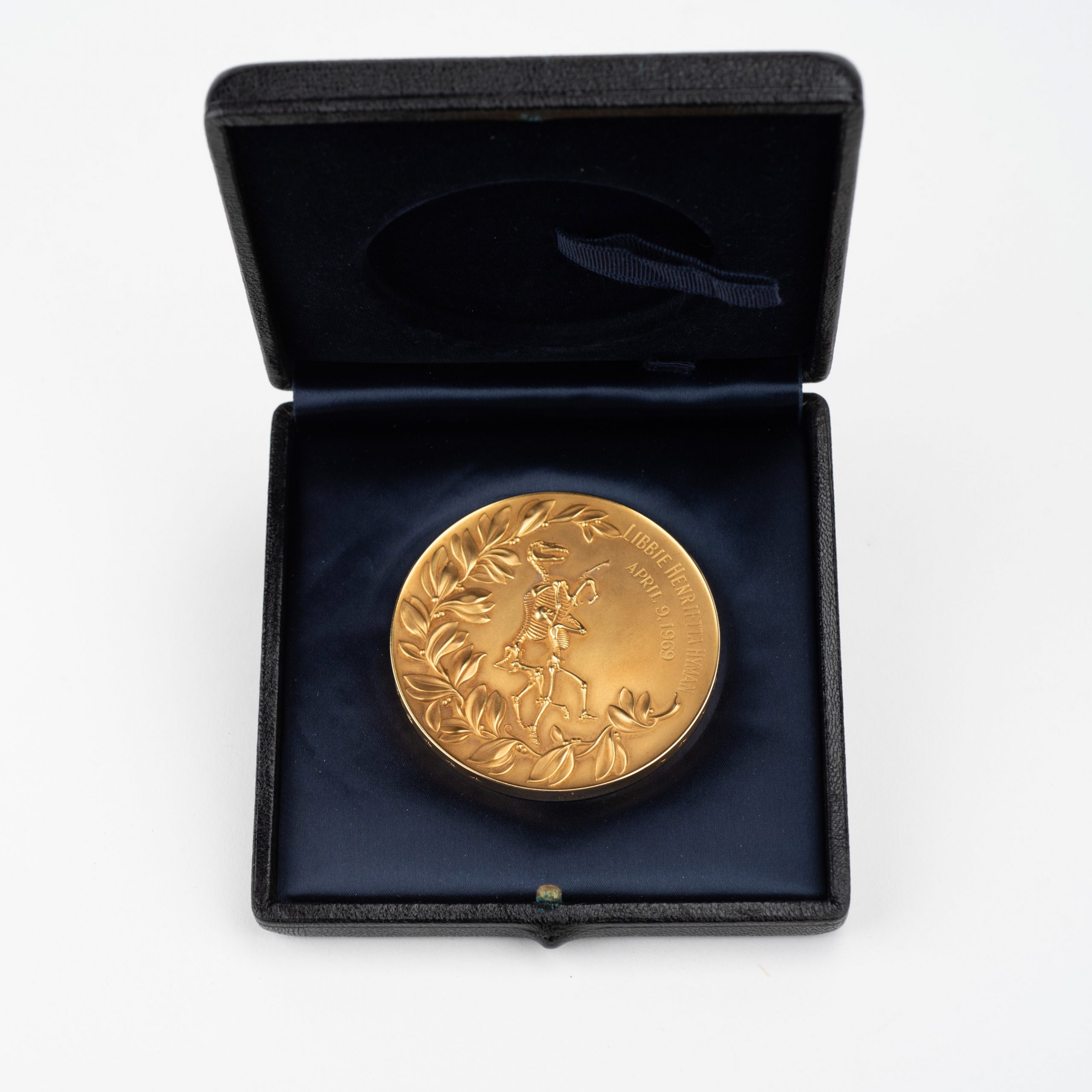
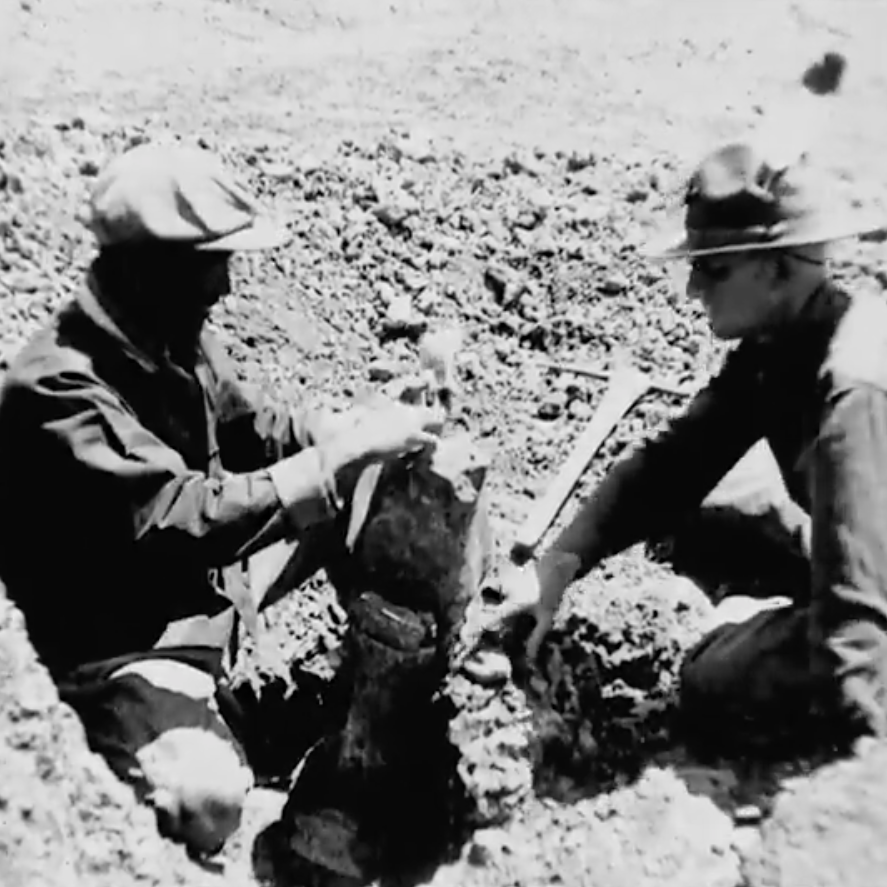
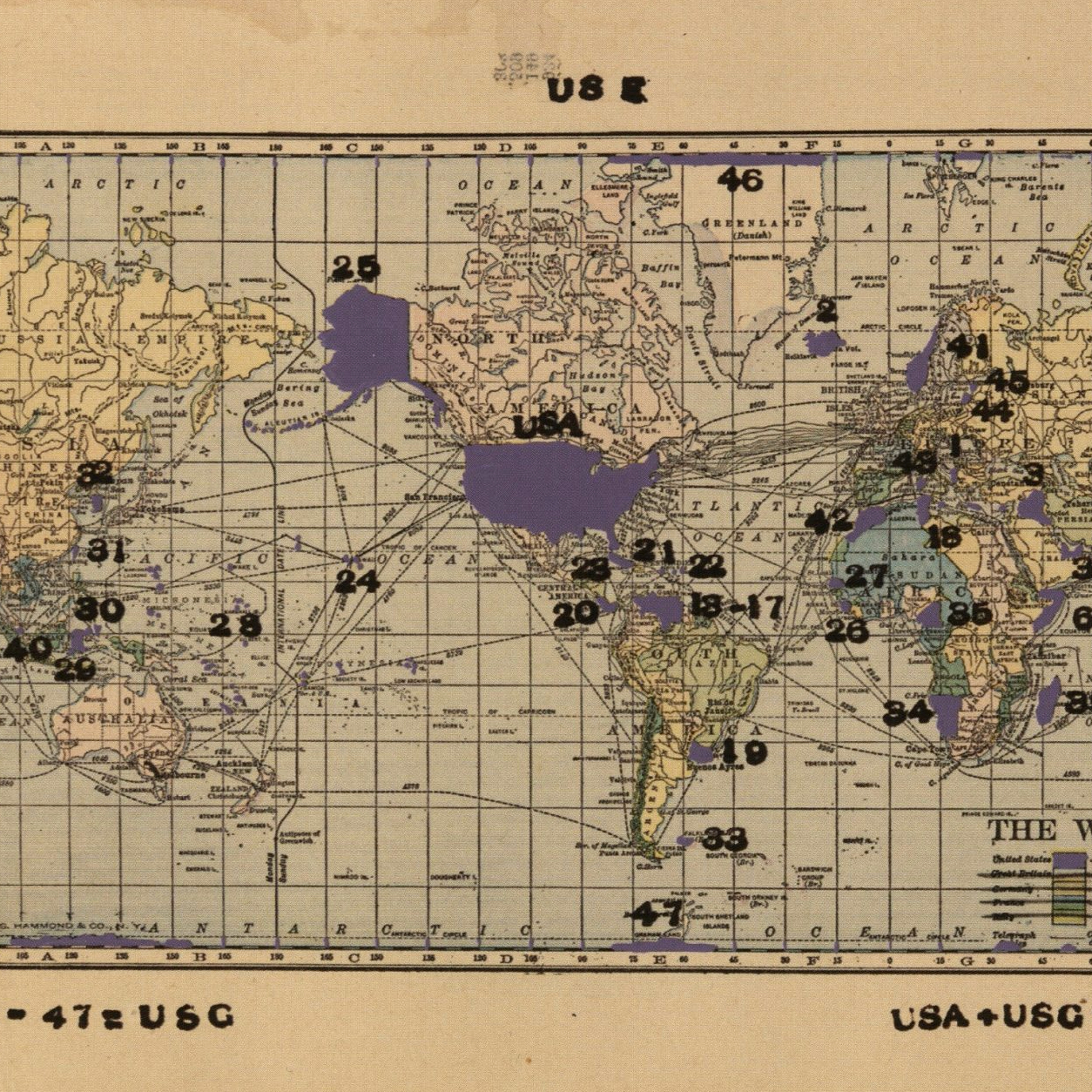
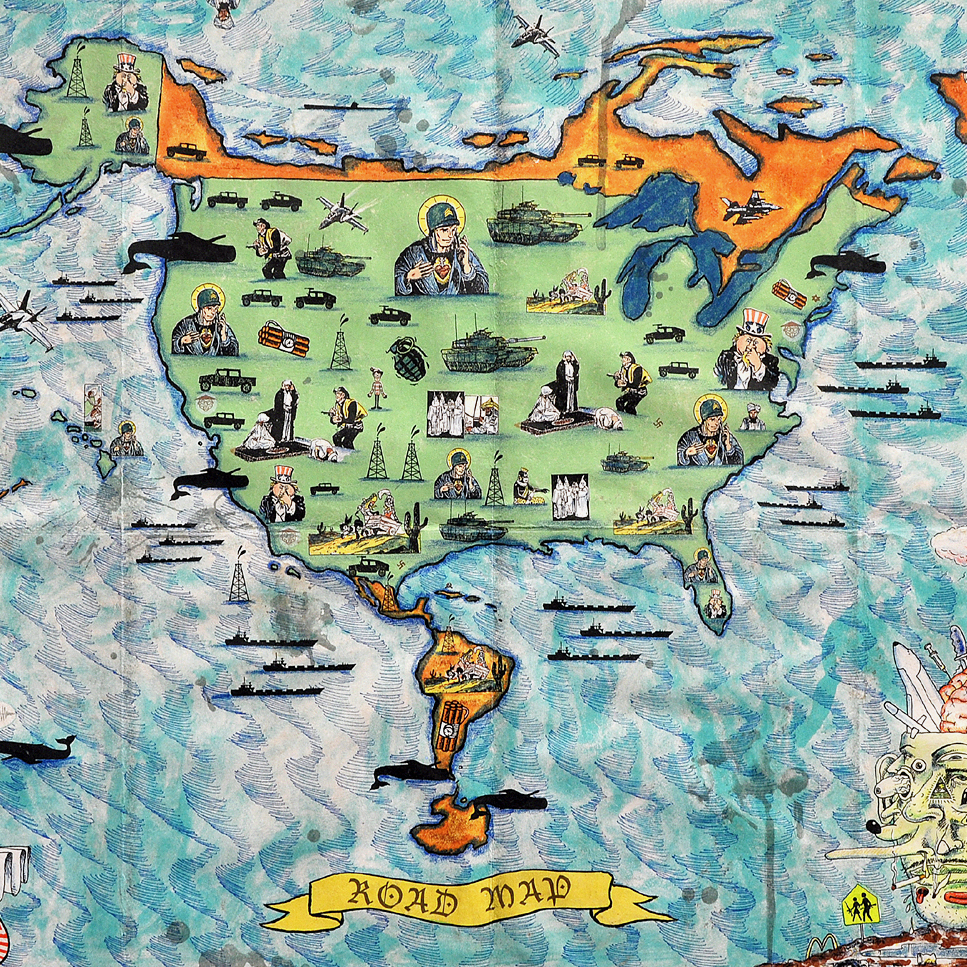
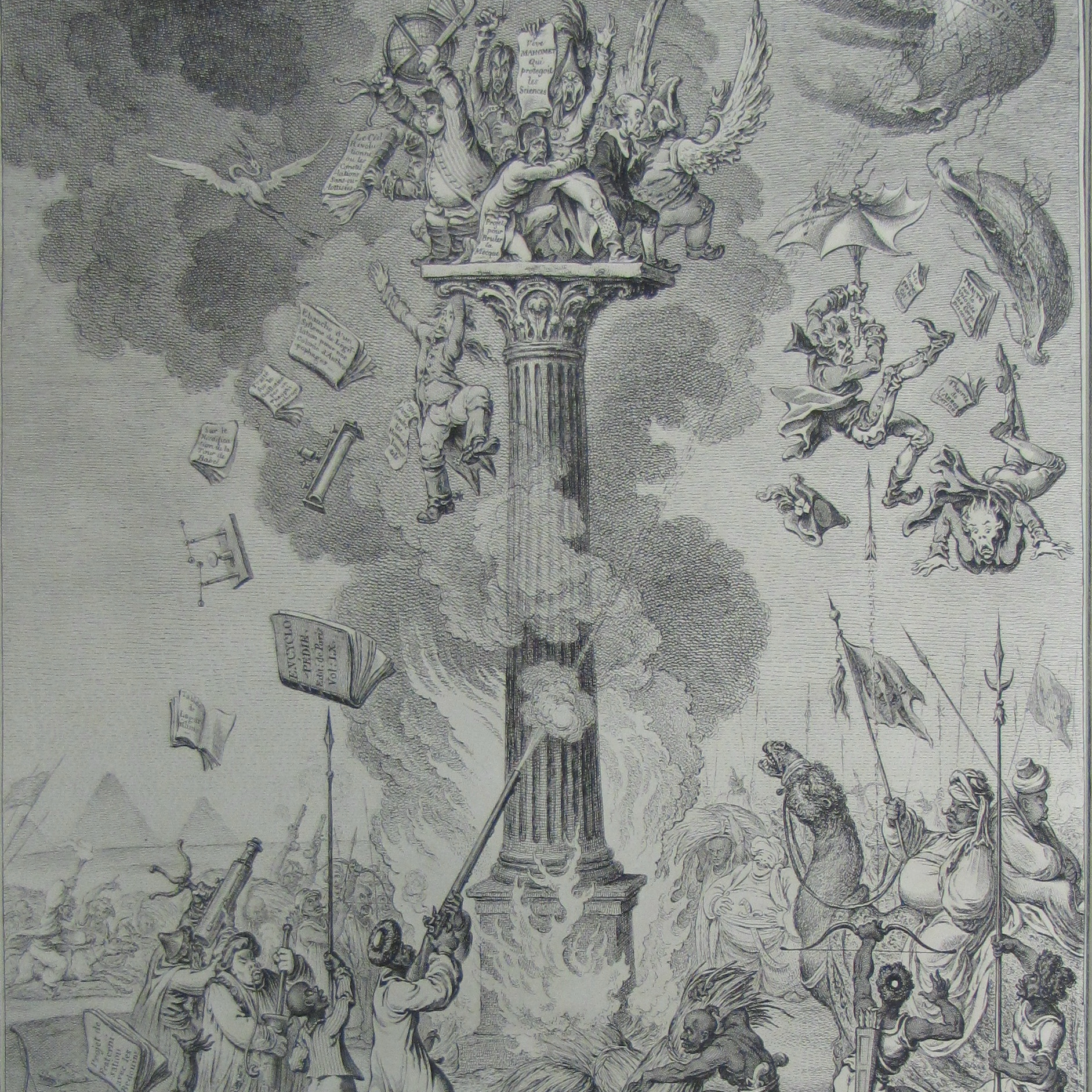
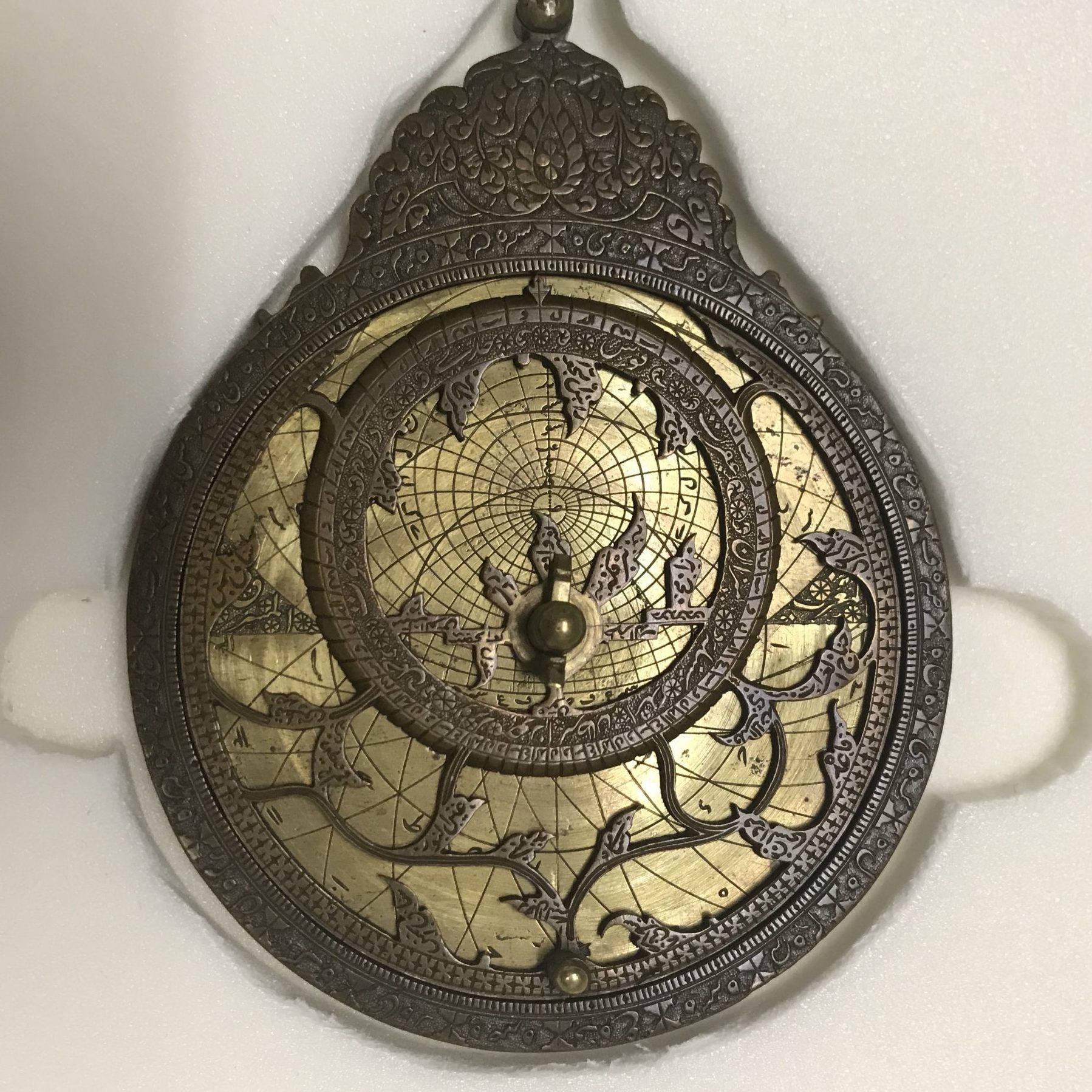

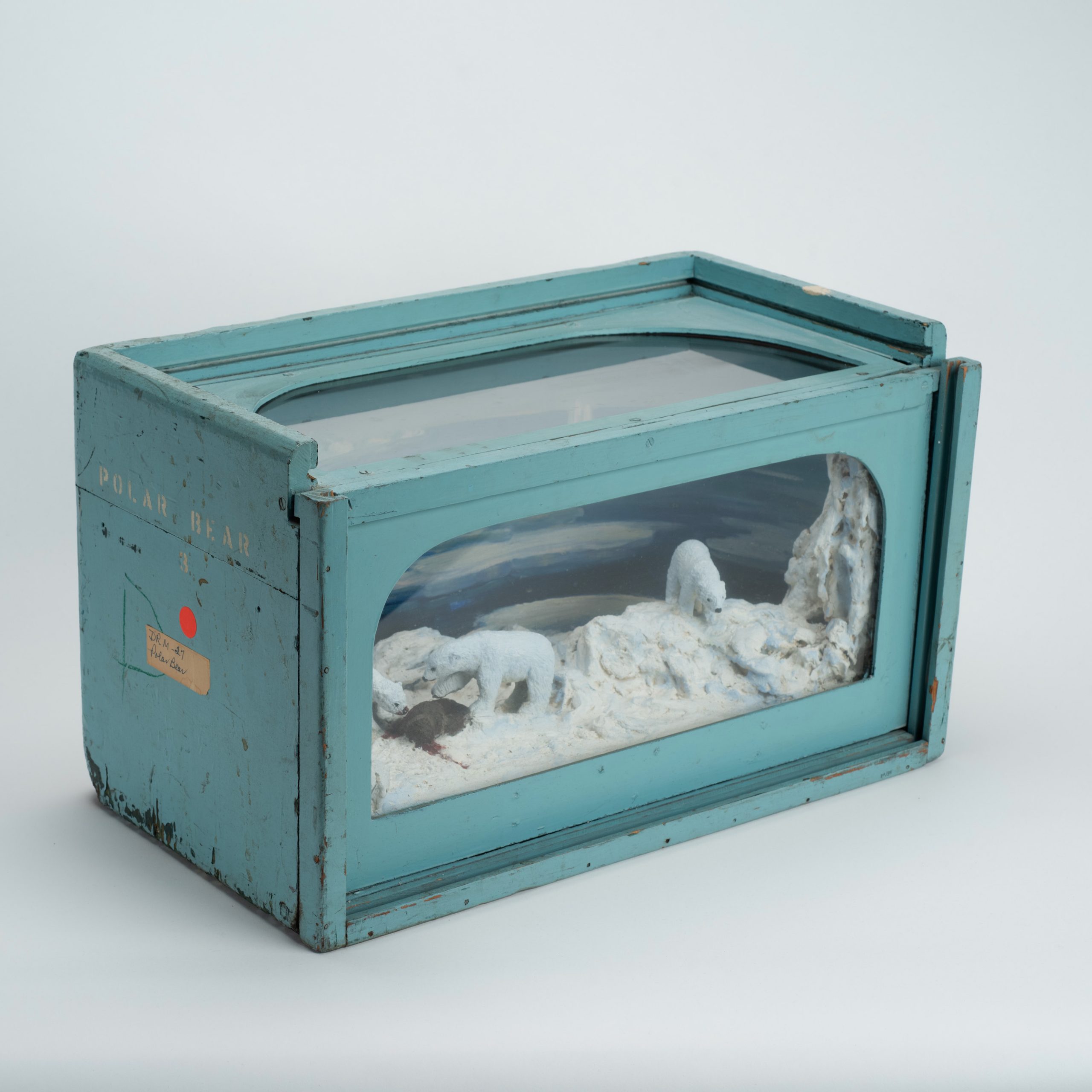
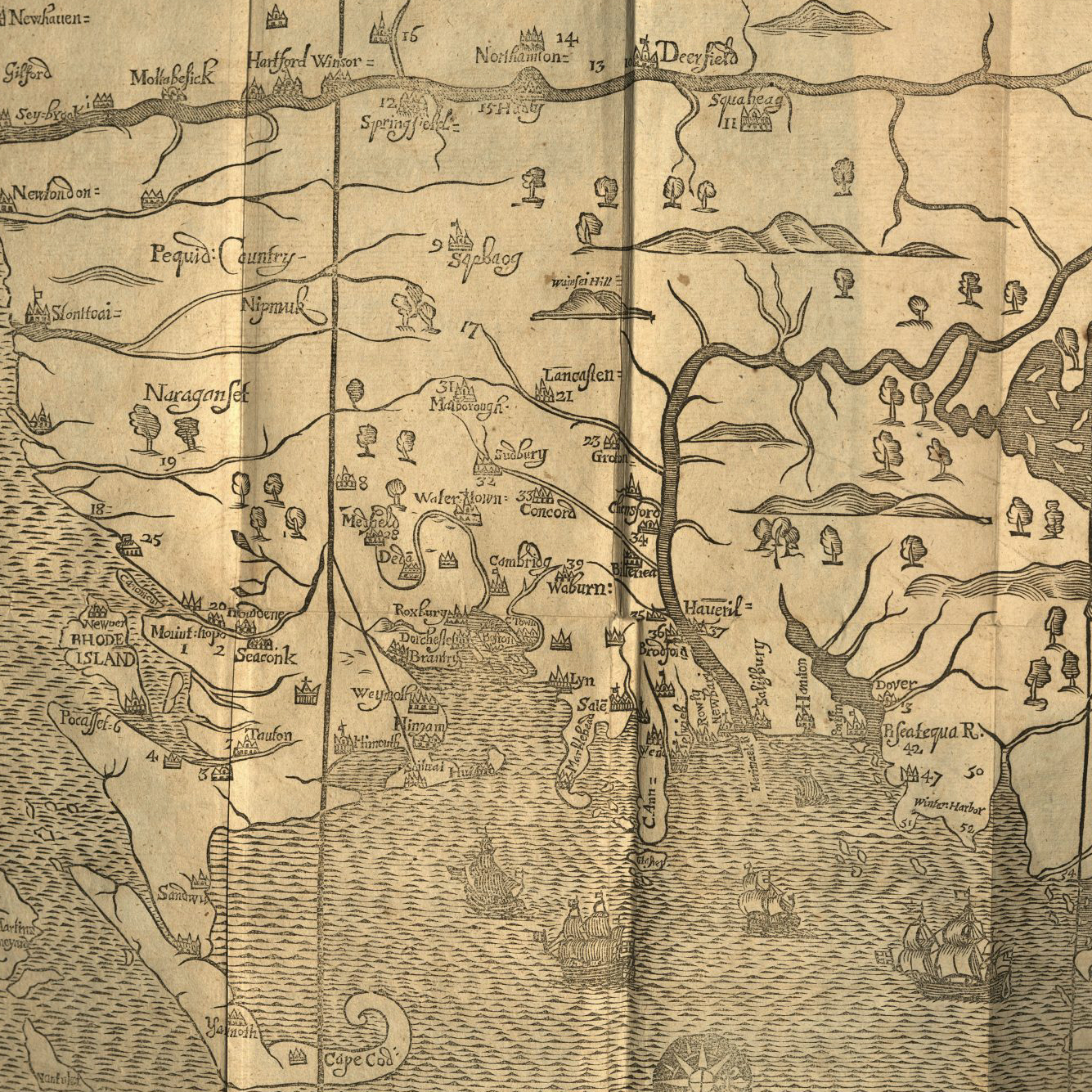

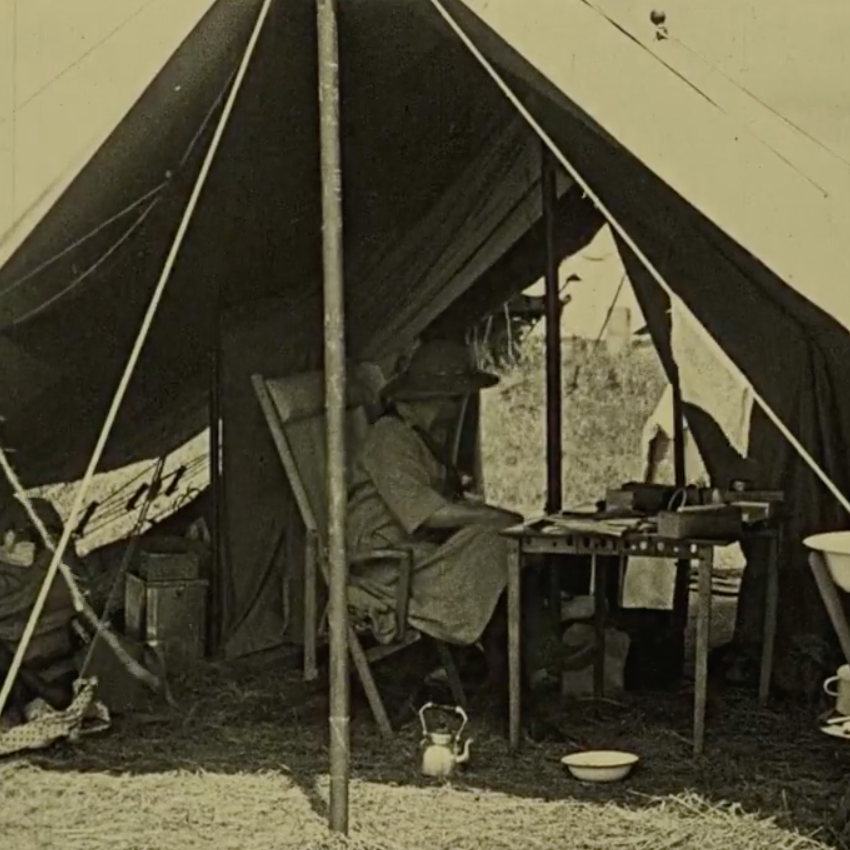
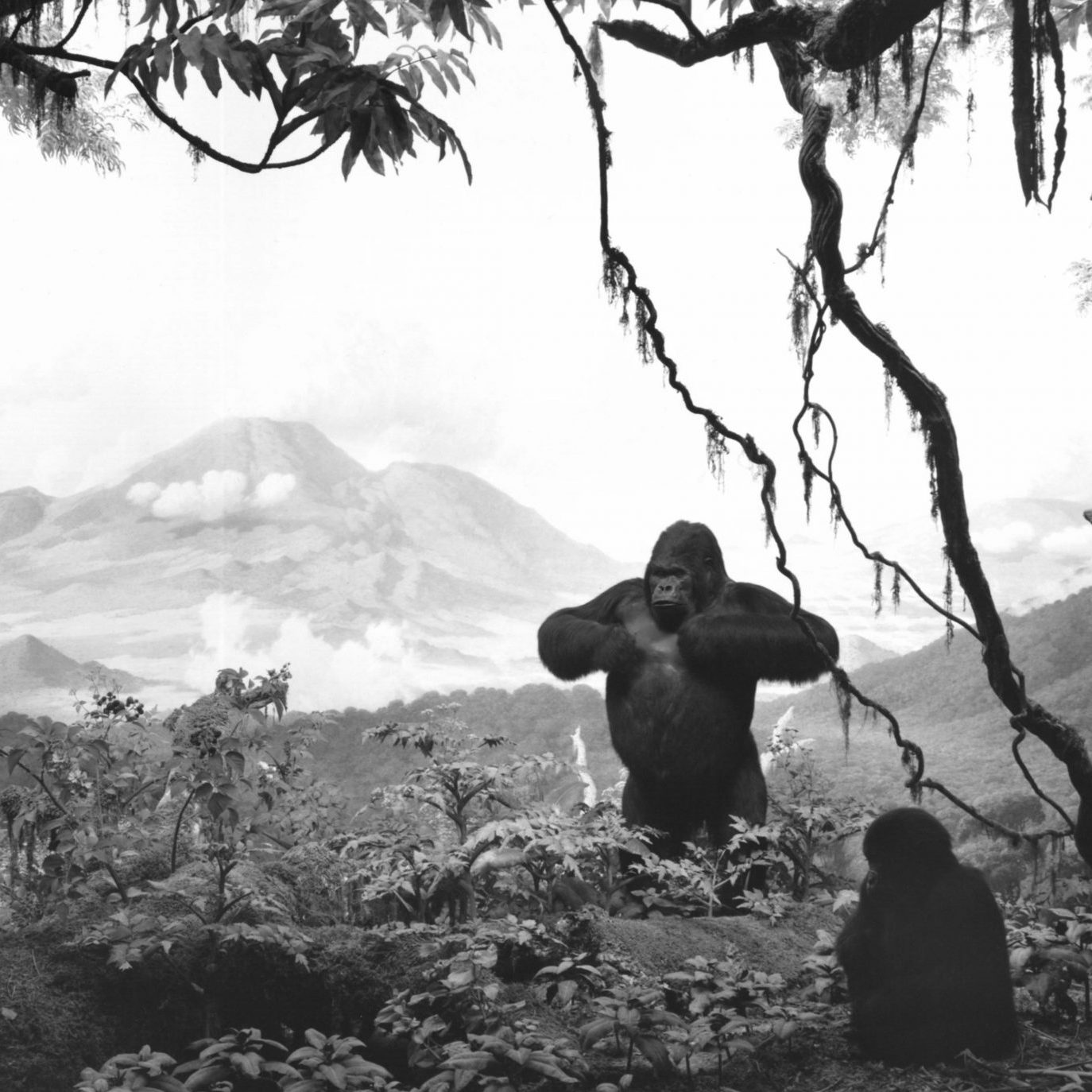

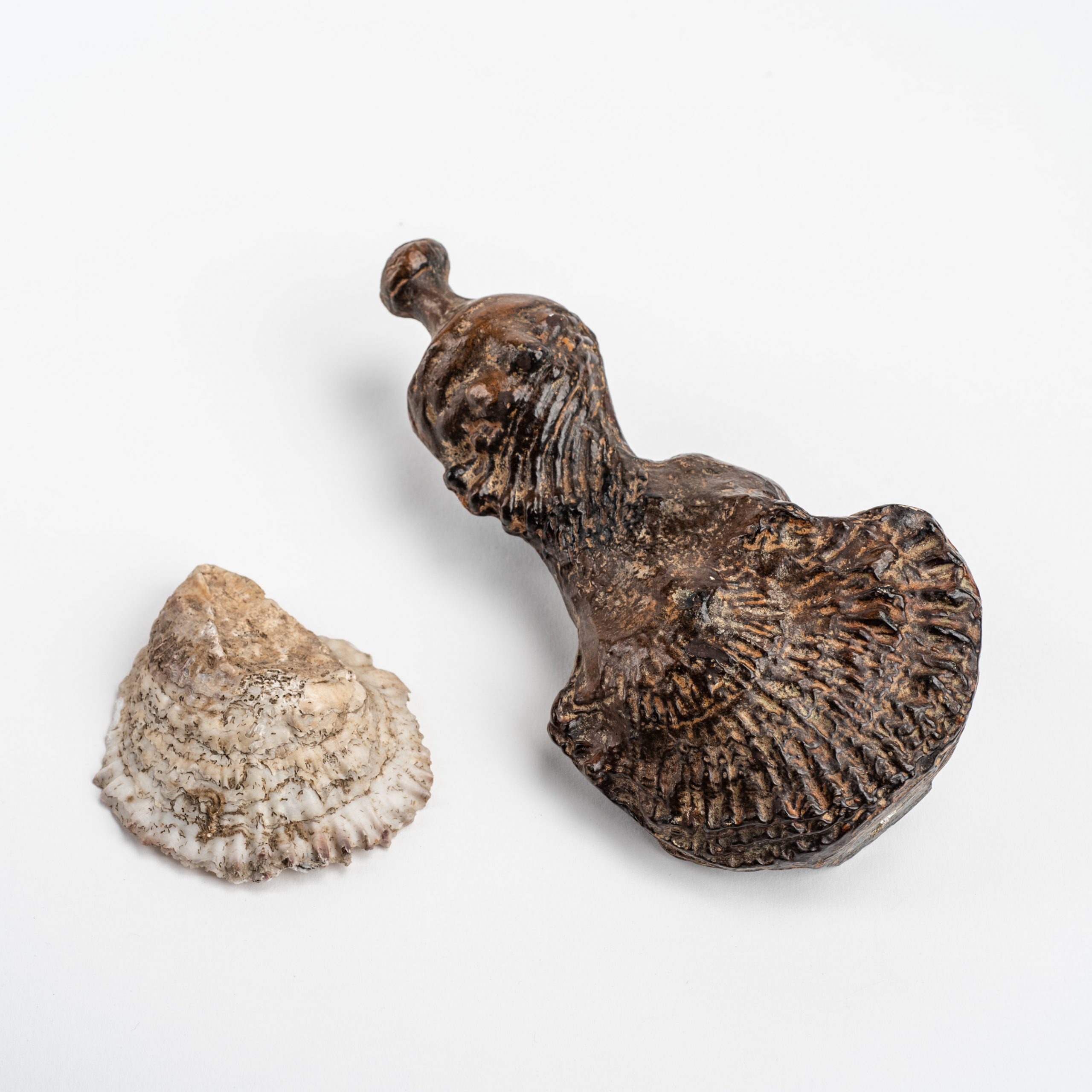
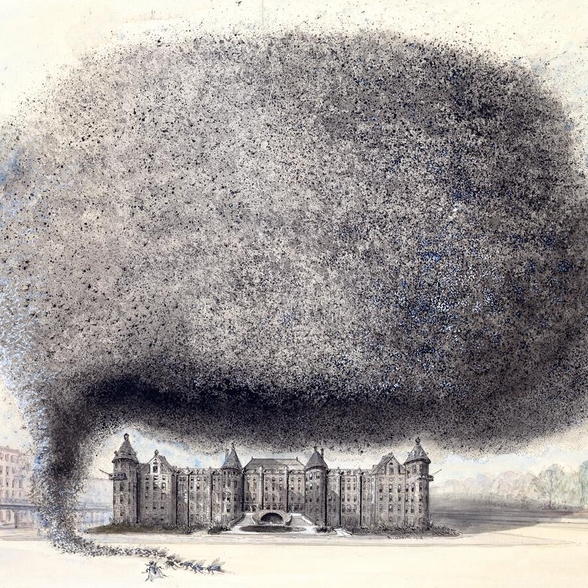
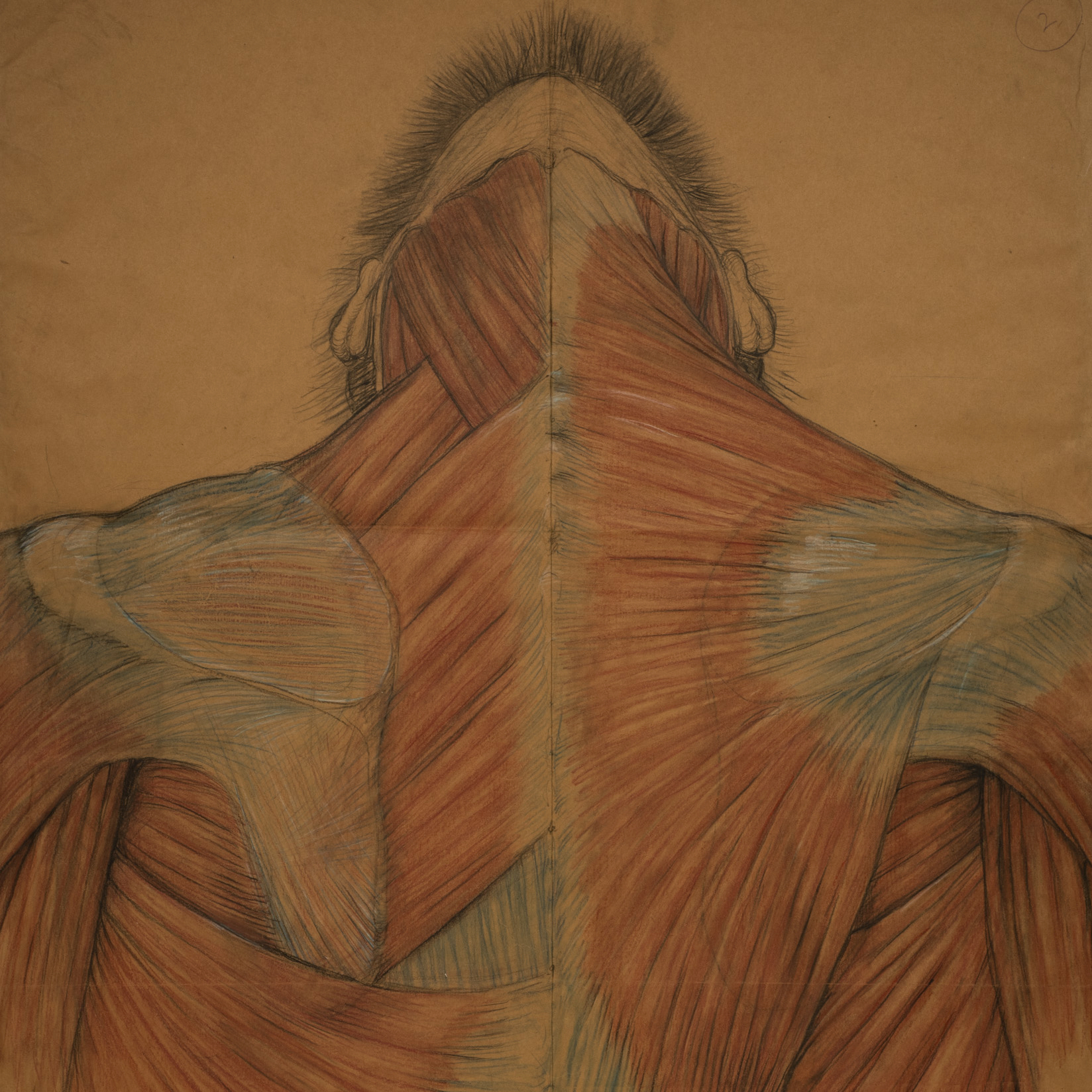

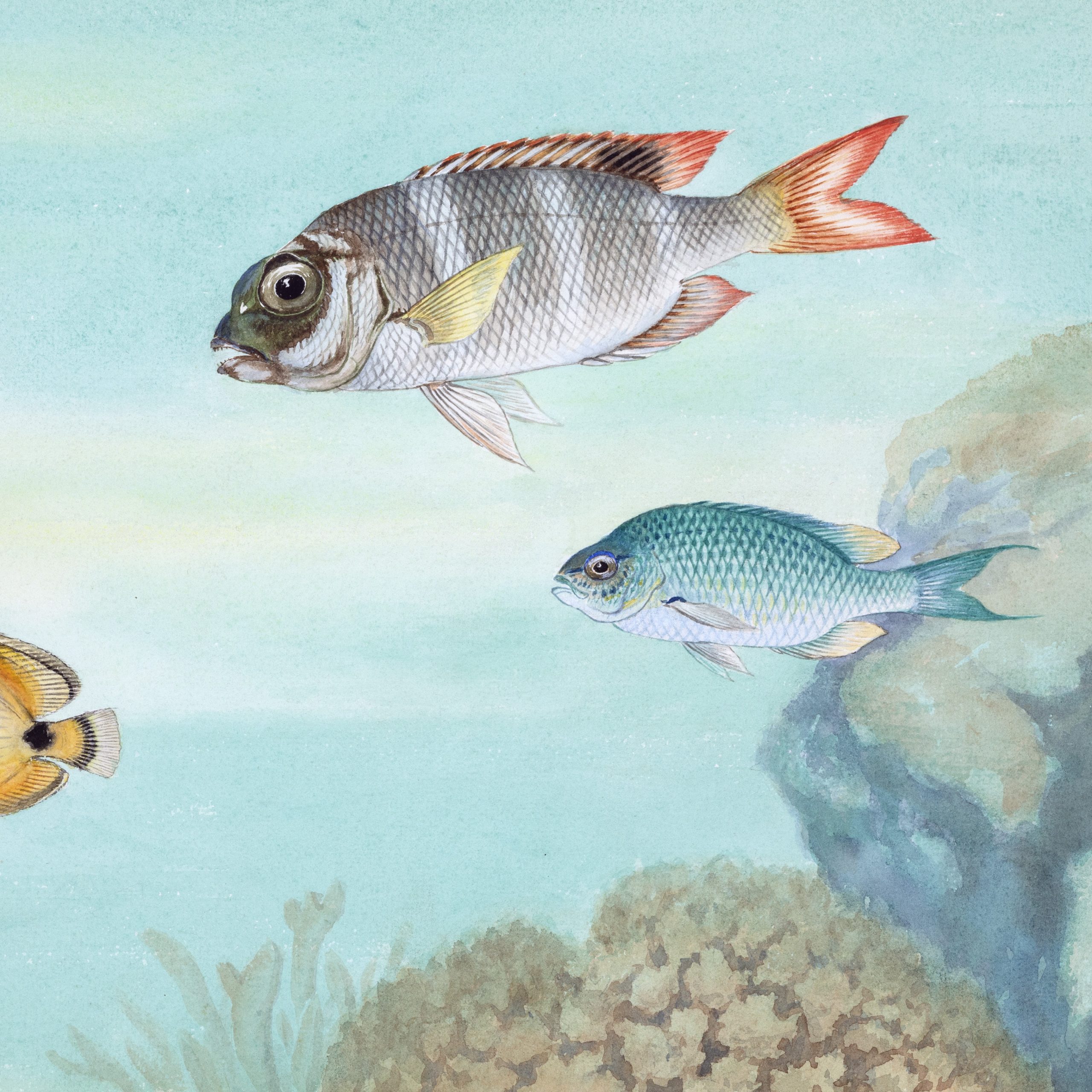
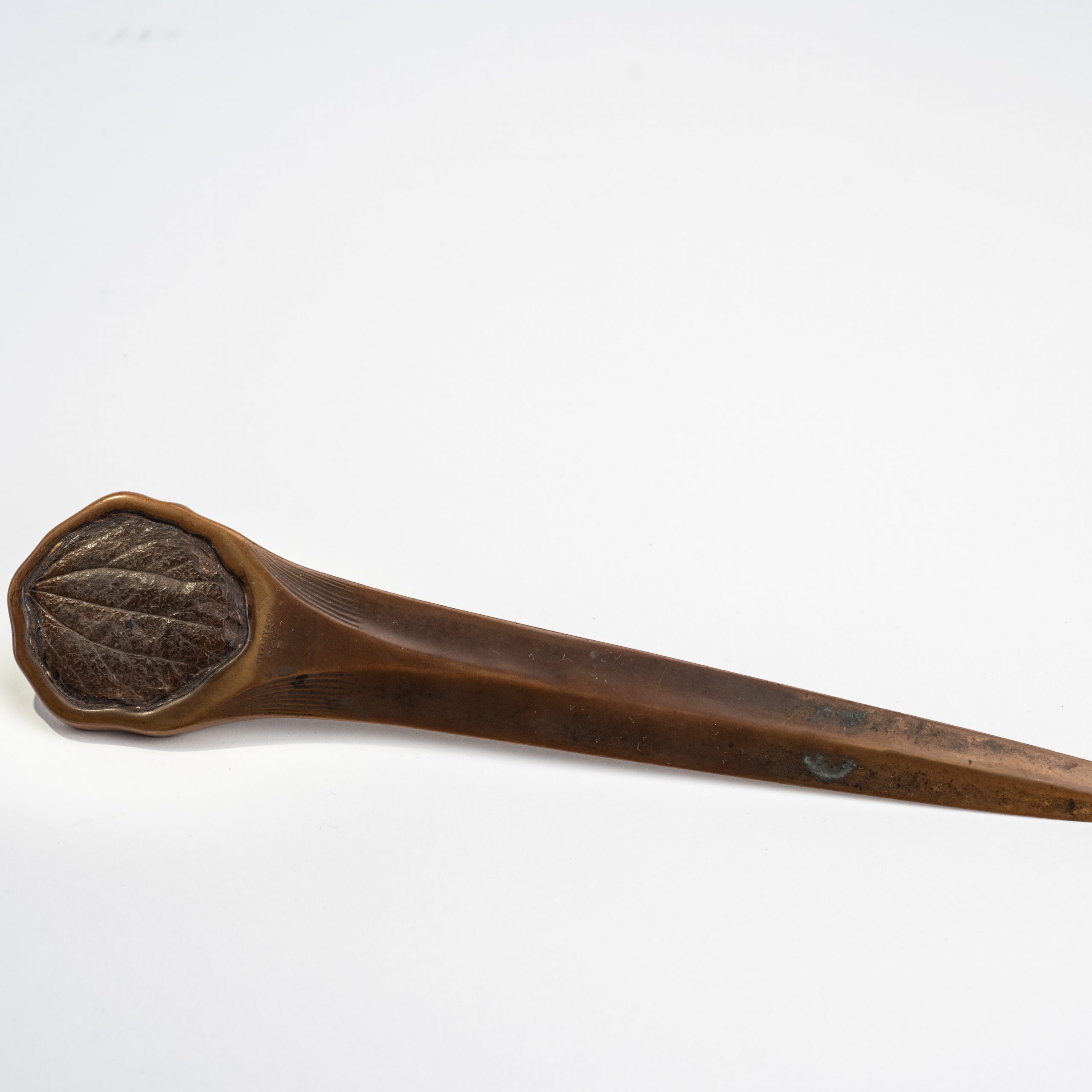
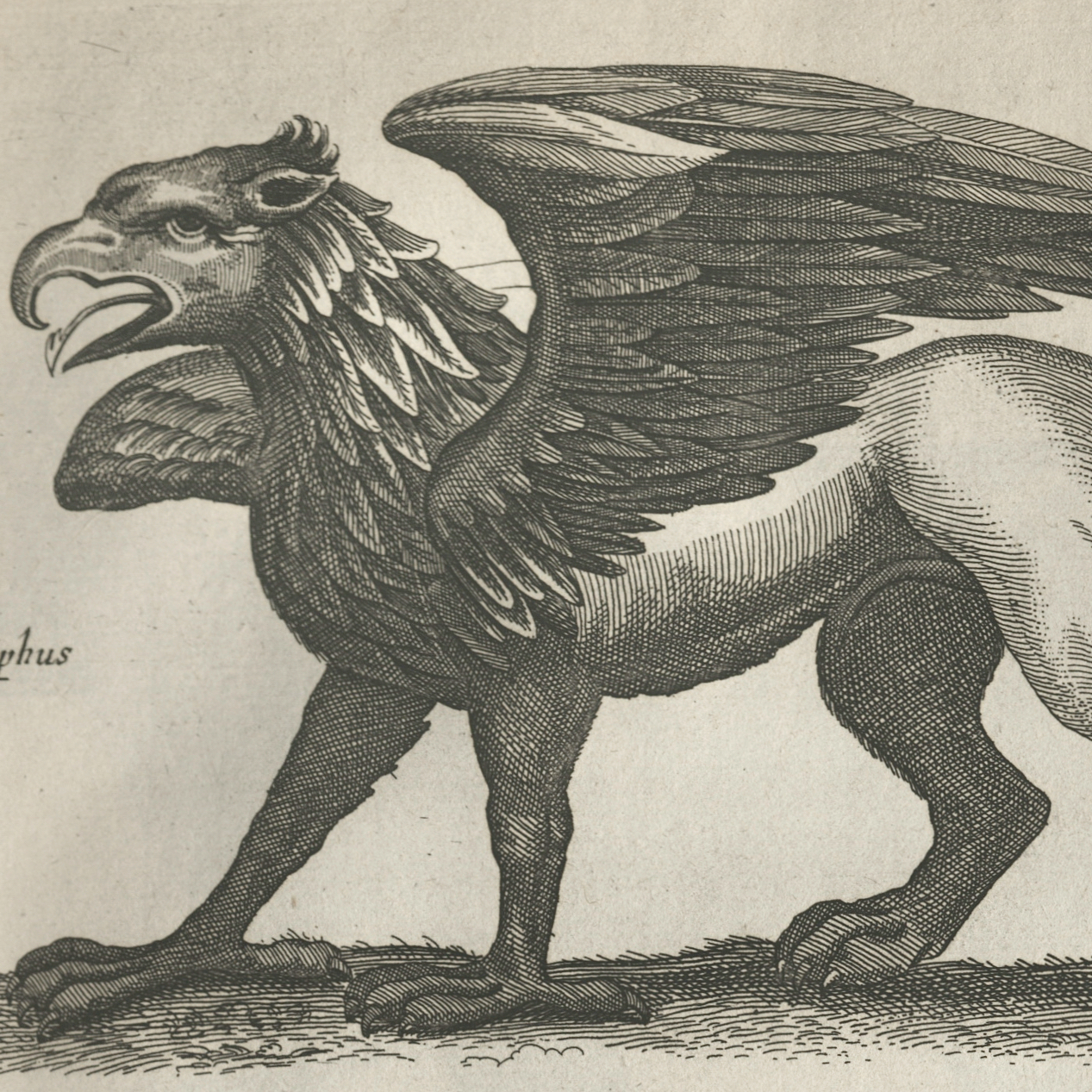

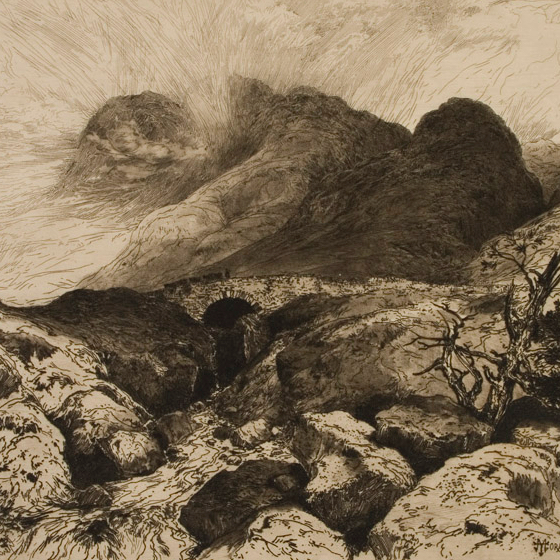

![Howard Russell Butler's [Hydrogen prominences]](https://futureoftruth.media.uconn.edu/wp-content/uploads/sites/2921/2023/01/k6584-square.jpg)
